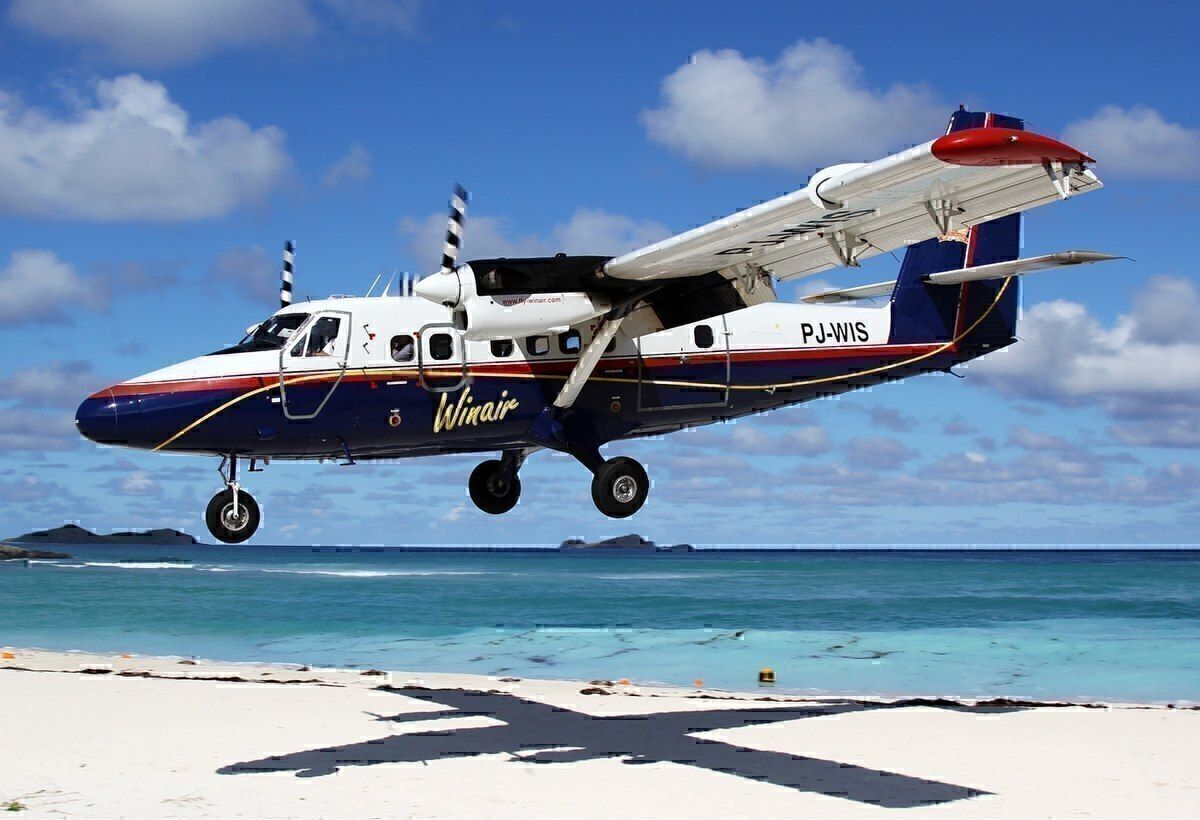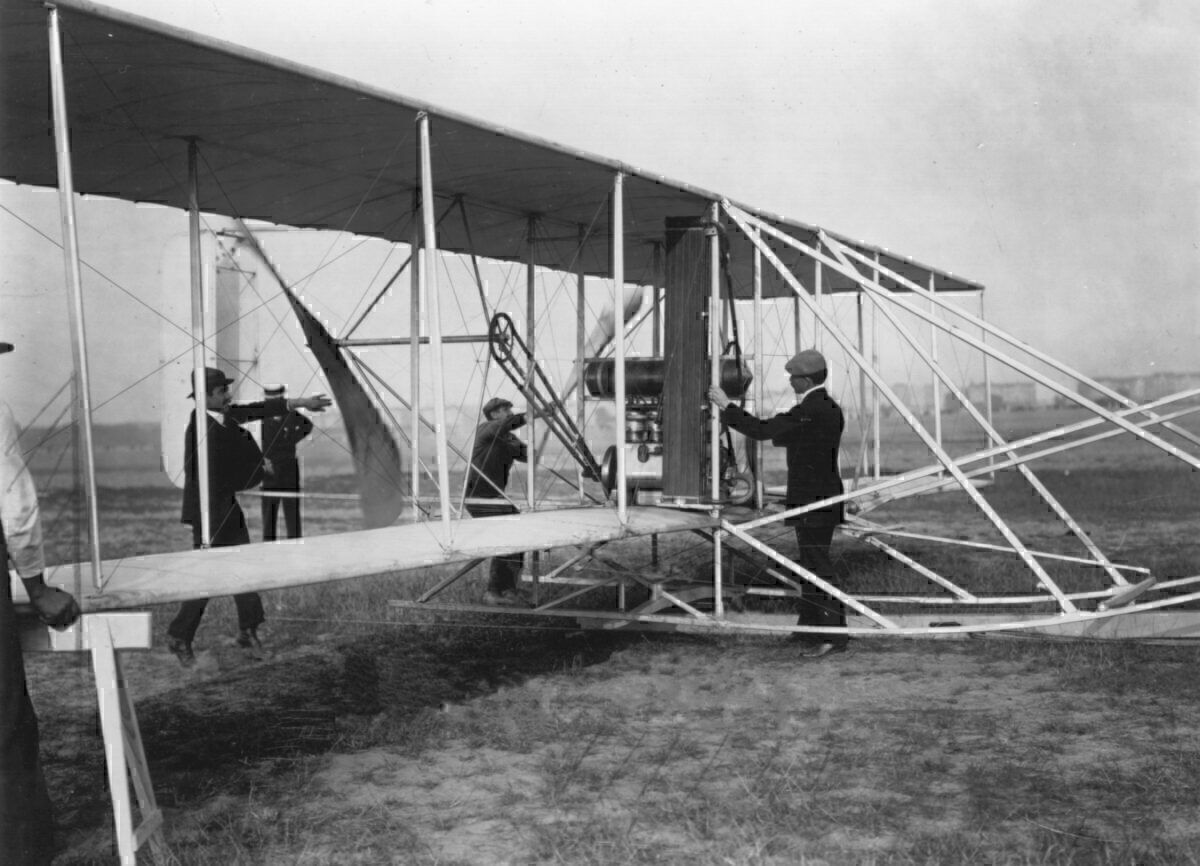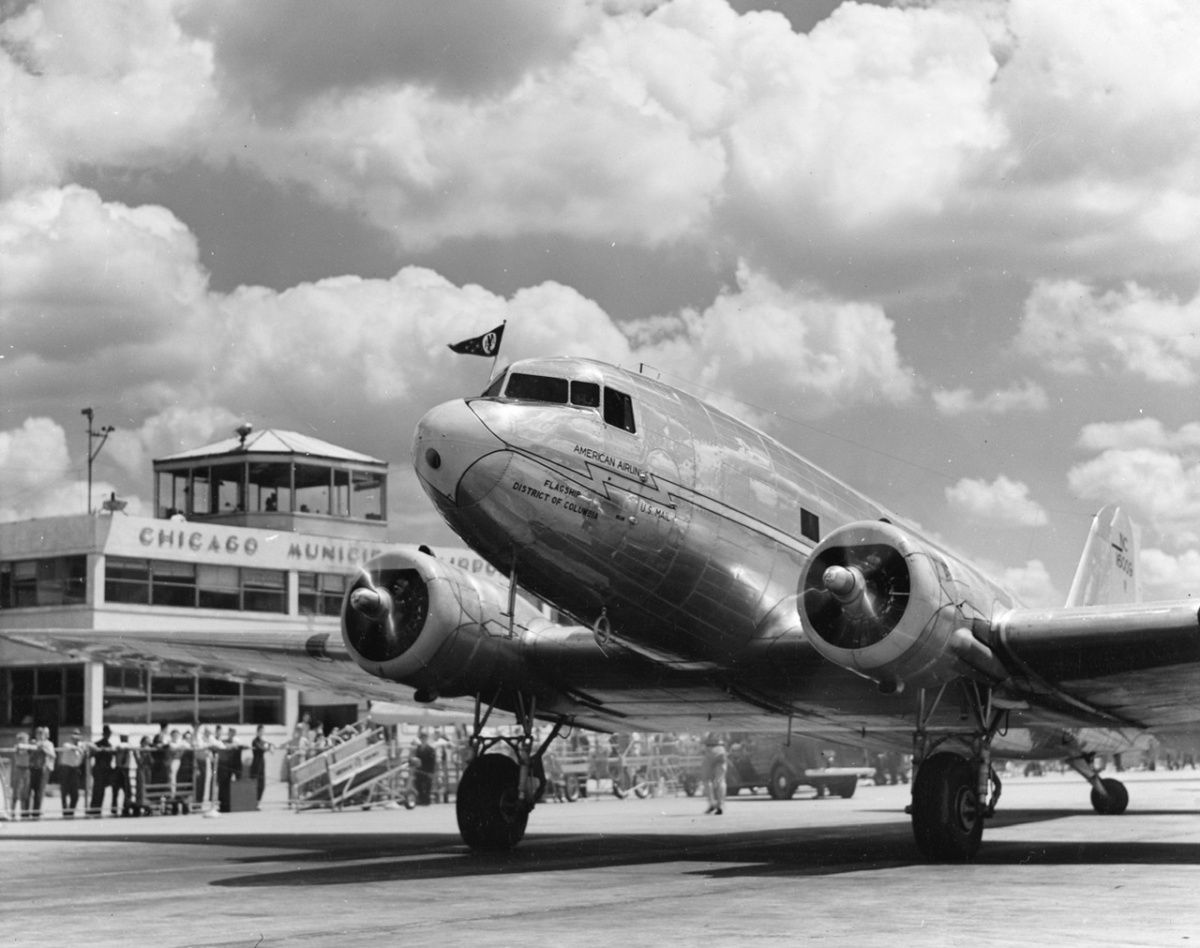Have you ever wondered why most planes have tricycle landing gear? In this article, we will attempt to explain how it was developed and why it remains the preferred choice for most aircraft. Following the Wright brother's success and the need for aircraft to take off and land conventionally, aviation pioneers had to develop a solution to support aircraft while they were on the ground.
In the early days of manned flight, the pilot's own body was tasked with the job, similar to how people fly hang gliders using their legs to take off and land. Needless to say, for those early aviators, sprained ankles and broken bones were all par for the course.
Stay informed: Sign up for our daily aviation news digest.
The Wright Flyer had a sled
When Wilber and Orville Wright took to the air with the Wright Flyer on December 17, 1903, the 220 kg (485lb) plane's weight was supported by what can only be described as a sled that looked more suitable for snow than a beach in North Carolina. In fact, skids, as they were called, became the norm for early aircraft until a Brazillian named Alberto Santos Dumont replaced them for small bicycle wheels on his 14-bis model plane in 1906. Seeing how early aircraft were built from wood and canvas, there was no need to have any suspension system.
Given the limited influence on aerodynamics and the fact that the planes could only fly at very low speeds, the use of bicycle wheels was a logical development. However, the aircraft fuselage and tail also needed to be supported while the plane was on the ground. To accommodate this, the skid became the common preference.
As aircraft developed, pilots could maneuver that aircraft on the ground by connecting the skid to the rudder pedal, allowing both the rudder and tail skid to move simultaneously. A great example of this is the British First World War Sopwith Camel. We also have to remember that planes operated from grass runways over which skids could easily slide during this time. The skids were later replaced with wheels but were still in vogue as this type of configuration provided for more propellor clearance.
Taildraggers were replaced after WWII
While wheels on the aircraft's nose were developed as long ago as 1908, as is evident in Leon Levavasseur's Antoinette II design, it did not replace tail wheels or 'taildraggers' as they were called until after World War Two. A great example of a taildragger is the almost indestructible Douglas DC-3, whose manufacture for civilian use finished in 1943.
From this time on, other than for the home-built-market, conventional tricycle landing gear became the norm. Arranged in the same way as a children's three-wheel bike, aircraft with tricycle landing gear have a single wheel in the front and two more main wheels located slightly behind the aircraft center of gravity.
Tricycle landing gear is the norm
Essentially the reverse of a tailwheel, tricycle landing gear gives pilots a better field of view, as well as making planes easier to land and less susceptible to crosswinds. When the jet age came about, almost all aircraft were fitted with tricycle landing gear as it prevented the blast from the engines doing damage to the runway.
Have you ever flown a conventional tricycle cartridge aircraft and a taildragger? If so, which do you prefer and why?



